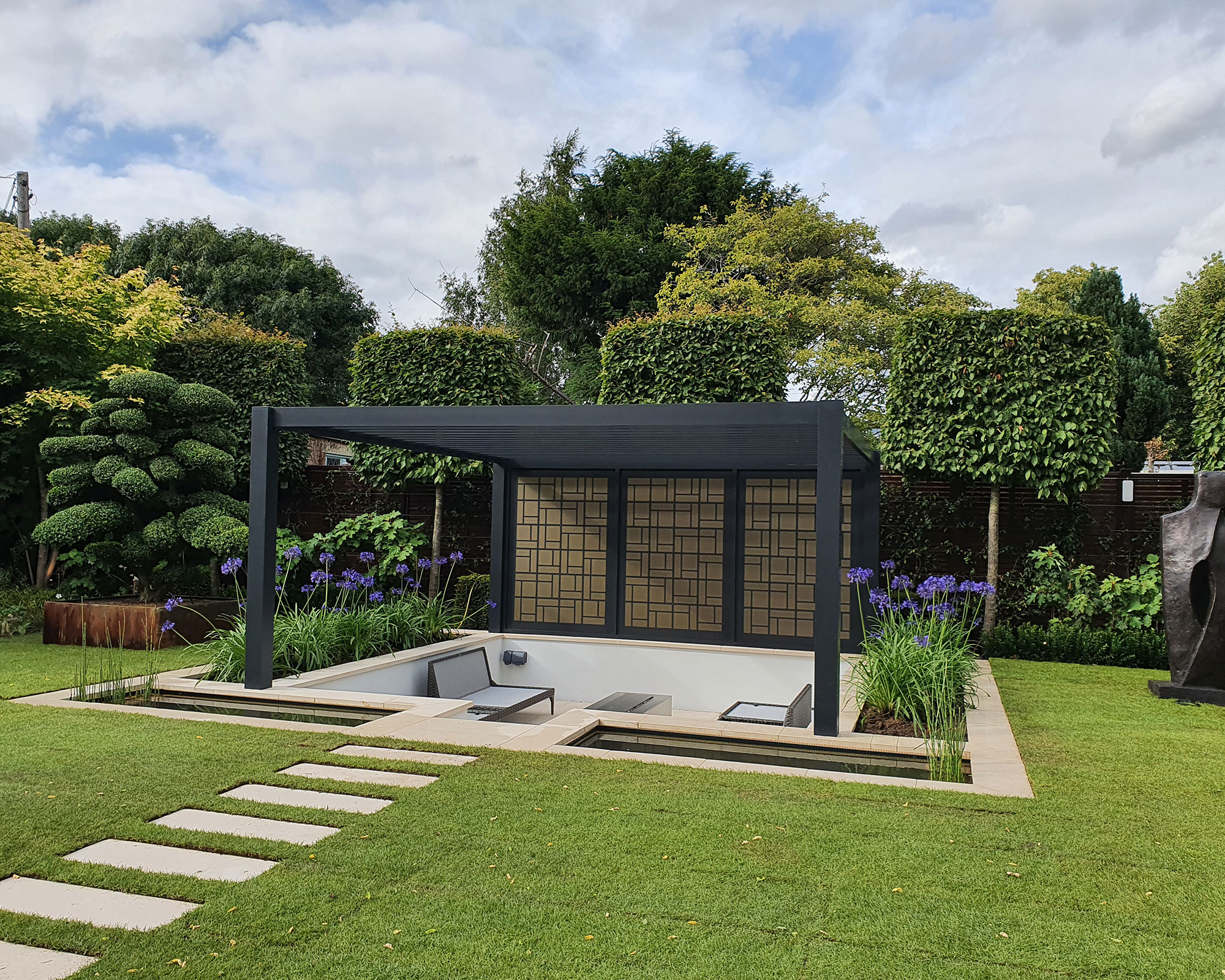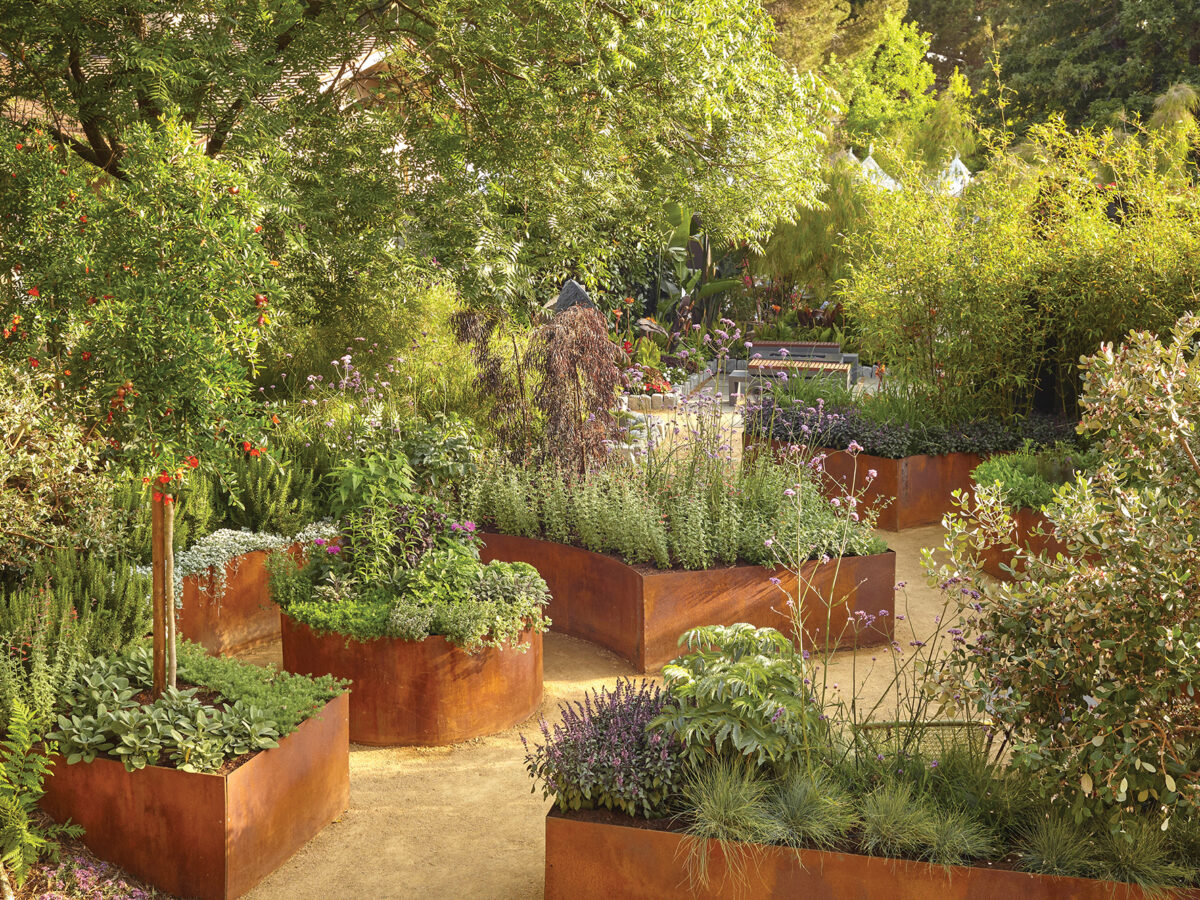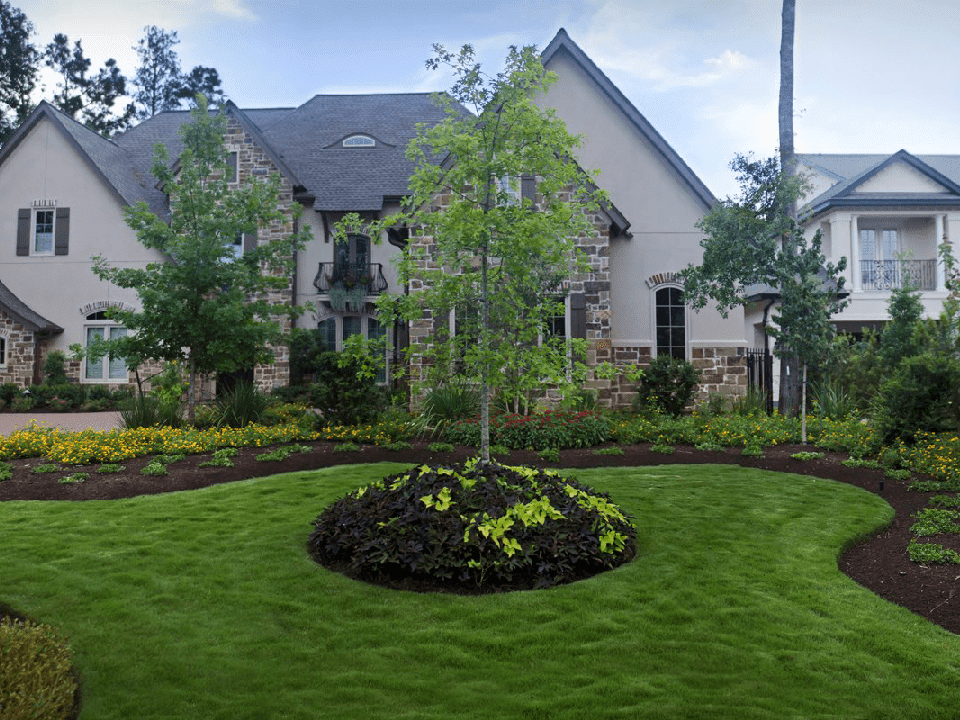Things about Hilton Head Landscapes
Table of ContentsThe Only Guide to Hilton Head Landscapes3 Simple Techniques For Hilton Head LandscapesExamine This Report about Hilton Head LandscapesNot known Details About Hilton Head Landscapes 7 Easy Facts About Hilton Head Landscapes ShownThe Of Hilton Head LandscapesThe Facts About Hilton Head Landscapes UncoveredHilton Head Landscapes Can Be Fun For Anyone
Kind compatibility is likewise a significant component of unity in designone or two noticeably various kinds benefit contrast and emphasis, yet normally all various other types should have some resemblances for an unified look. Texture describes how crude or fine the surface area of the plant or hardscape product feels and/or looks.
Instances of plants with crude texture include philodendrons, agaves, bromeliads, hollies, palms, and hydrangeas. Hardscape with crude appearance includes rough-cut rock, rough-finished brick, and unfinished timber with knots and an increased grain. Aged or old construction product that keeps a weather-beaten surface is typically crude in appearance. Qualities that produce great texture include little foliage; thin, strappy leaves (lawns) or tall, slim stems; little, thick twigs and small branches; long stems (vines); and tiny, fragile blossoms.
The Definitive Guide for Hilton Head Landscapes
Many plants are medium structure, in that they can not be described as having either crude or great texture. Medium-textured plants act as a history to web link and link the rugged- and fine-textured plants.

To make a space really feel smaller sized, place the coarse appearances along the external border and the great appearances closest to the viewer. The information of the crude structure makes the plants appear closer and makes the area feel smaller sized. The viewed structure of plants can likewise alter with the distance from the plant.
The Basic Principles Of Hilton Head Landscapes
Vibrant colors enhance the contrast and make the texture appear coarser, while low-key shades can flatten structure. Hardscape with a crude texturesuch as really harsh rocks and vibrant, huge timberstends to make all plant product show up more medium distinctive. Designers usually create an appearance study (Figure 8) on paper to assist decide the setup of plant materials.
Figure 8. Texture research study. Color in plant product and hardscape includes interest and selection to the landscape. Shade is one of the most conspicuous aspect in the landscape and is usually the emphasis of the majority of property owners; nonetheless, it is additionally one of the most short-term component, typically lasting just a couple of weeks a year for private plants.
Little Known Questions About Hilton Head Landscapes.
A straightforward description of the shade wheel includes the three primaries of red, blue, and yellow; the 3 secondary colors (a mix of two primaries) of green, orange, and violet; and 6 tertiary colors (a mix of one nearby primary and additional color), such as red-orange. Color concept explains the connection of shades per other and how they must be made use of in a structure.

Analogous (often called unified) color design are any 3 to 5 colors that are adjacent on the color wheel, such as red, red-orange, orange, yellow-orange, and yellow, or blue, blue-violet, and violet (landscape design hilton head). The shades are relevant per various other since they typically consist of two primaries blended to create an additional and 2 tertiary colors, which indicates they share usual residential properties
Complementary colors are typically found normally in blossoms; a common pair is yellow and violet. Shade is found in the blossoms, foliage, bark, and fruit of plants.
What Does Hilton Head Landscapes Mean?
Environment-friendly vegetation in all its different tones is the leading color by amount, however other shades capture attention quicker as a result of their high comparison to the color green. Color is also located in buildings, rocks, pavers, wood, and furniture. The majority of colors in natural materials, such as rock and timber, are typically muted and Discover More have a tendency to be variants of brown, tan, and pale yellow.
Colors have homes that can impact feelings, spatial assumption, light quality, balance, and emphasis. Cool colors often tend to be soothing and must be made use of in areas for leisure and calmness.
Excitement About Hilton Head Landscapes
The "temperature" of shades can additionally affect the understanding of distance. Amazing colors often tend to recede and are perceived as being farther away, making an area really feel bigger. Cozy colors tend to development and are regarded as being more detailed, making a space feel smaller. Color can also be made use of to catch attention and straight sights.
For instance, intense yellow, which has the highest strength, likewise has a high contrast with all various other shades (typically referred to as a "pop" of shade) and need to be conserved. A little quantity of intense shade has as much aesthetic weight as a big amount of an extra subdued or weaker shade.
Similar (in some cases called unified) color pattern are any three to 5 shades that are adjacent on the shade wheel, such as red, red-orange, orange, yellow-orange, and yellow, or blue, blue-violet, and violet. The shades belong to each other since they commonly include 2 primaries mixed to develop a secondary and 2 tertiary colors, which suggests they share common buildings.
The 10-Second Trick For Hilton Head Landscapes
They often tend to have high comparison between them. The most typical sets are violet and yellow, red and eco-friendly, and blue and orange. Corresponding colors are frequently discovered naturally in flowers; a common set is yellow and violet. Shade is found in the blossoms, vegetation, bark, and fruit of plants.
Environment-friendly vegetation in all its different shades is the dominant color by amount, however various other shades record attention quicker since of their high comparison to the color environment-friendly - landscapers hilton head island - https://www.pubpub.org/user/steven-gonzales. Color is also found in structures, rocks, pavers, wood, and furnishings. A lot of shades in natural products, such as stone and timber, are normally muted and tend to be variants of brown, tan, and pale yellow
Indicators on Hilton Head Landscapes You Need To Know
Shade is an important component for creating interest and selection in the landscape. Colors have properties that can influence emotions, spatial perception, light top quality, balance, and emphasis. One home of shade is defined family member to temperaturecolors seem great or warm and can influence emotions or sensations. Cool shades tend to be calming and need to be made use of in locations for relaxation and tranquility.
The "temperature level" of colors can also influence the understanding of distance. Awesome colors have a tendency to decline and are regarded as being further away, making a space really feel bigger. Warm colors tend to breakthrough and are perceived as being better, making a room feel smaller. Shade can also be used to catch focus and direct sights.
As an example, intense yellow, which has the highest strength, also has a high comparison with all other colors (frequently defined as a "pop" of shade) and must be used moderately. A small quantity of extreme shade has as much aesthetic weight as a big amount of a much more subdued or weak color.